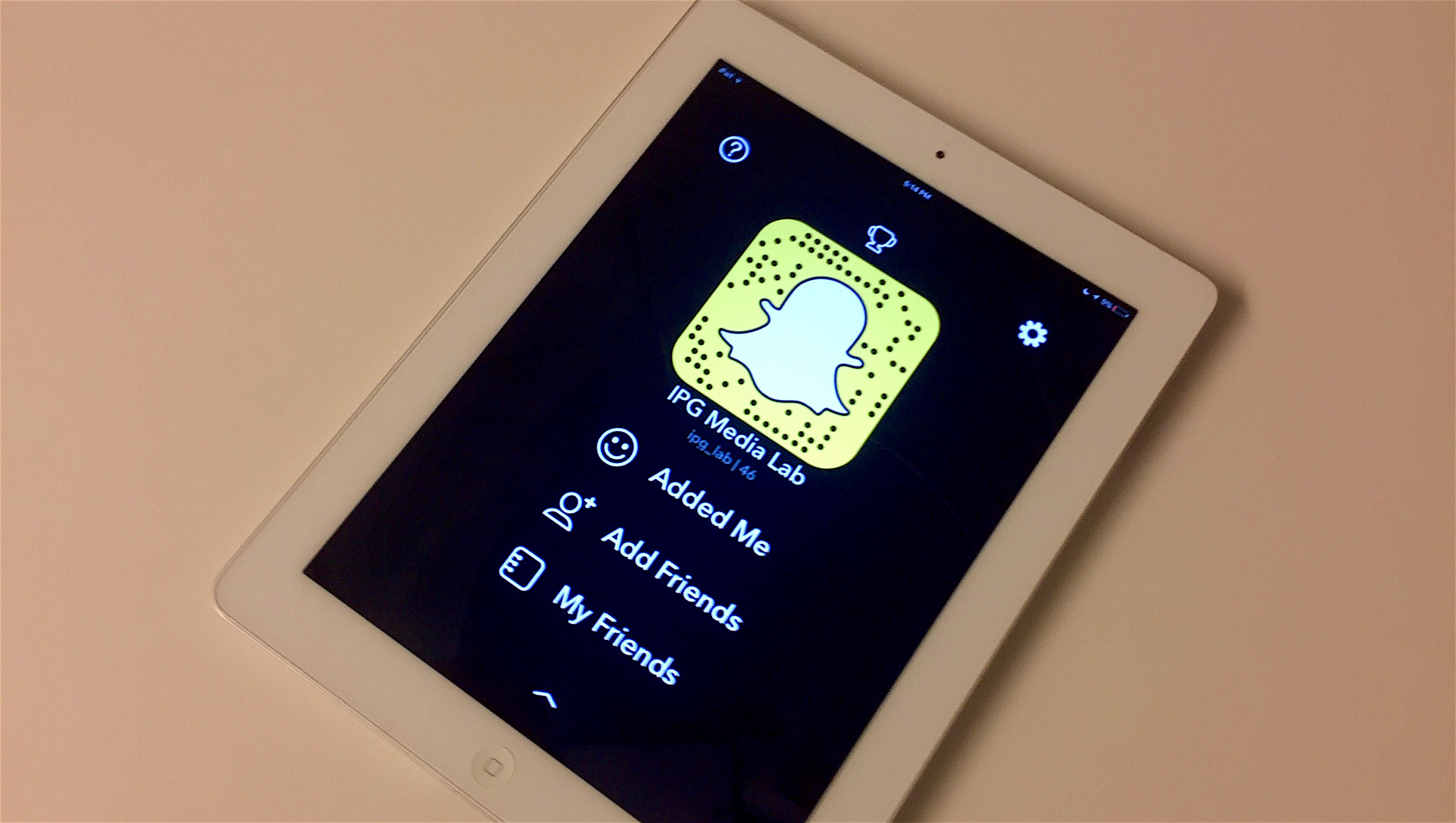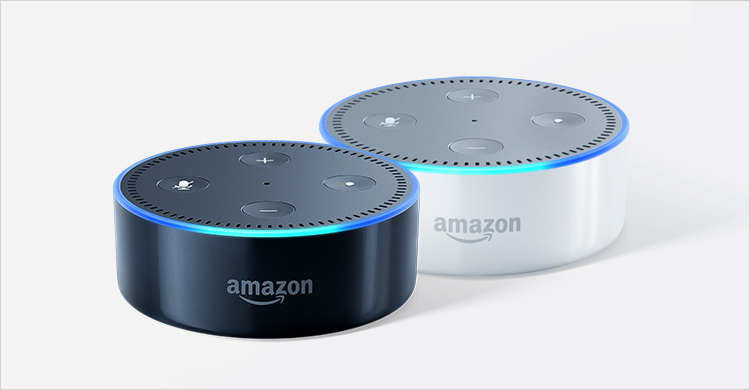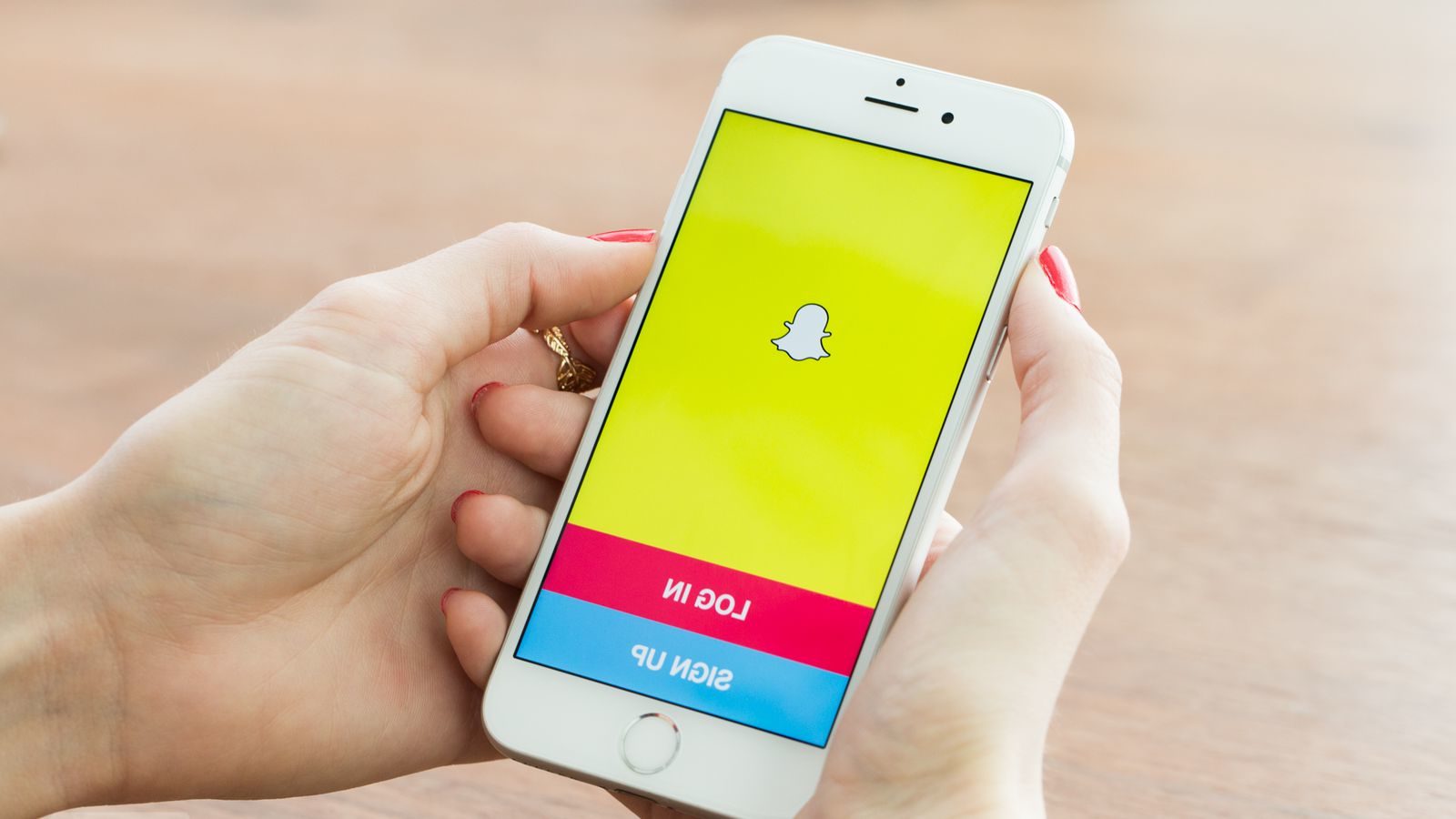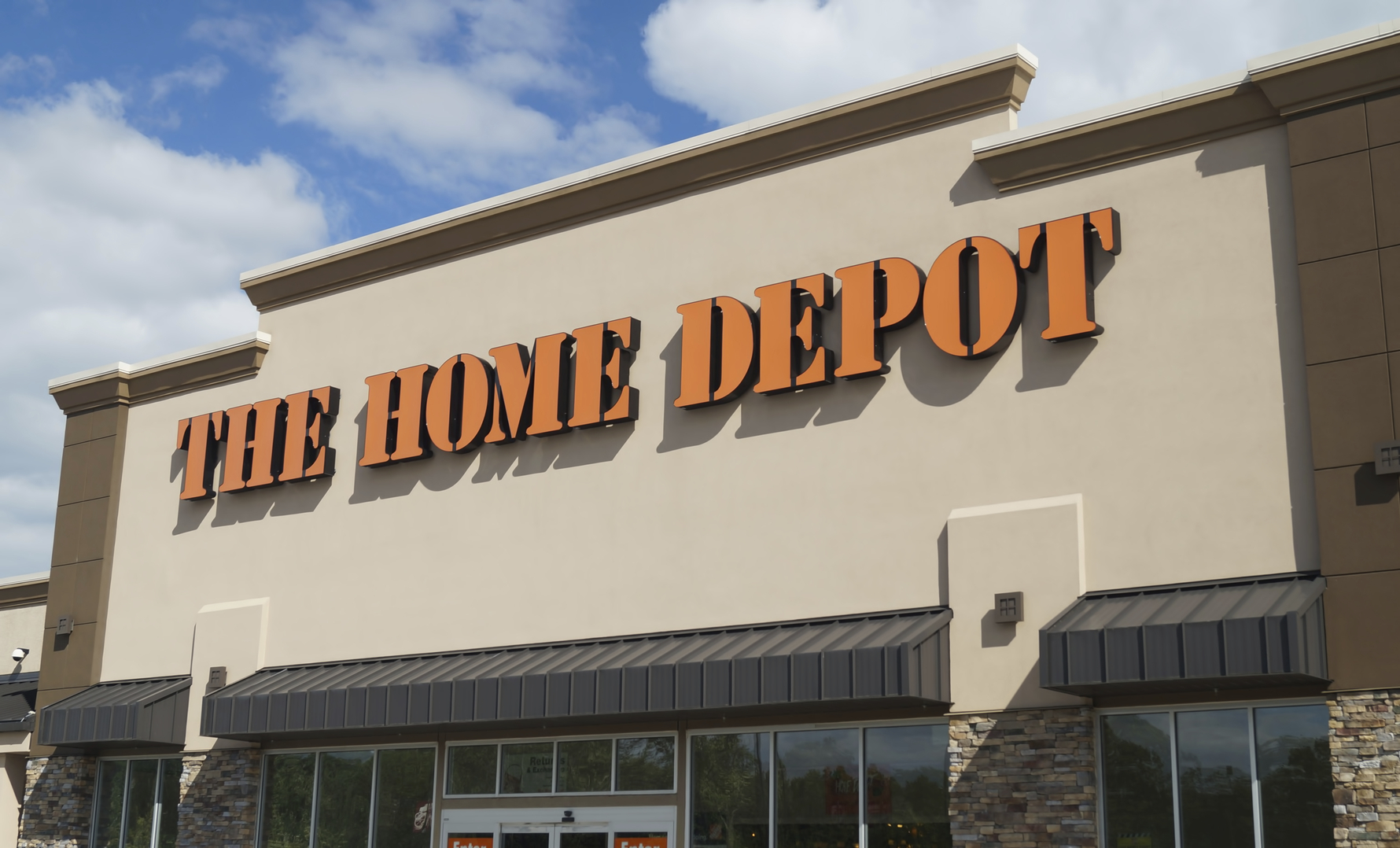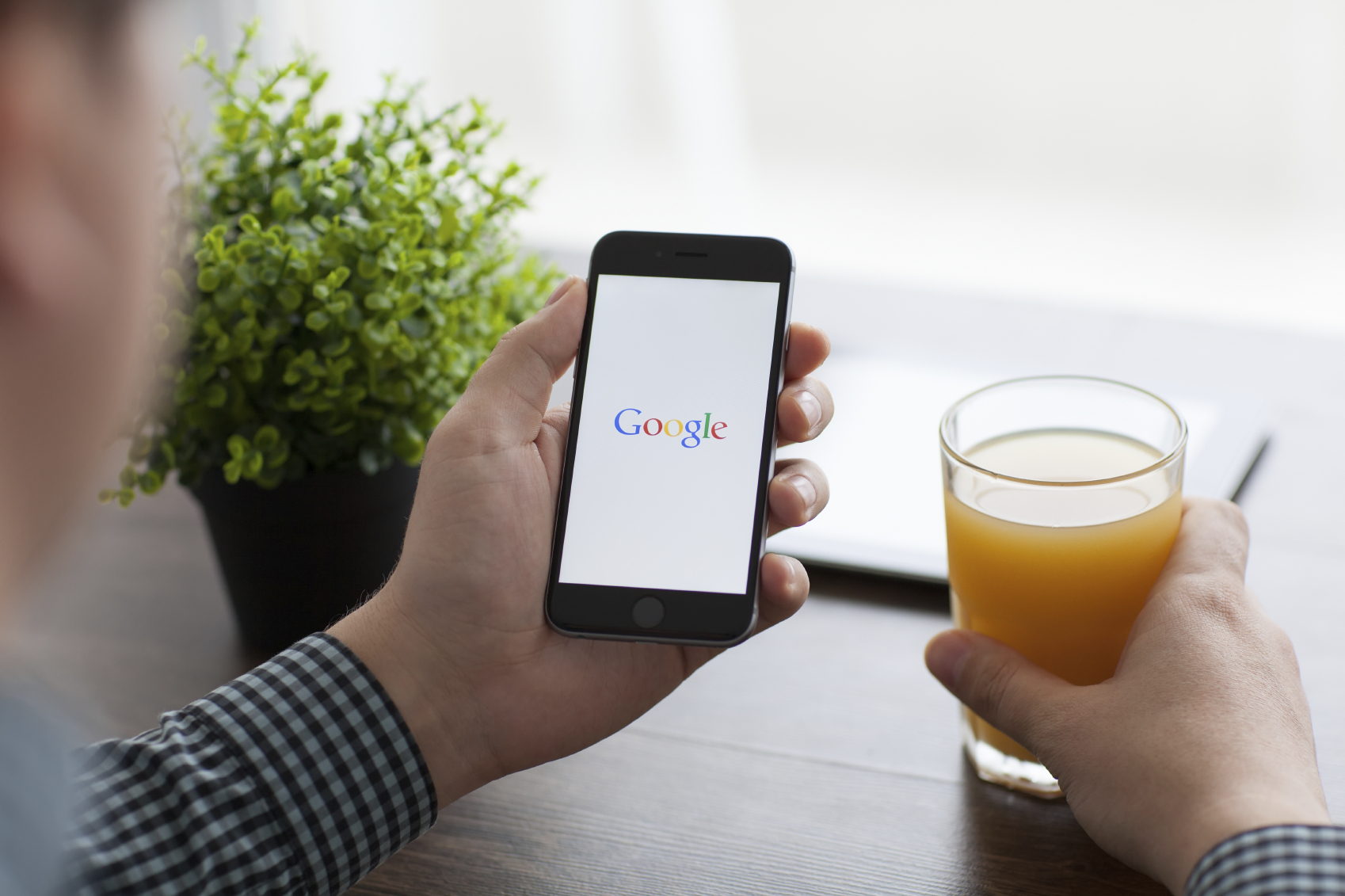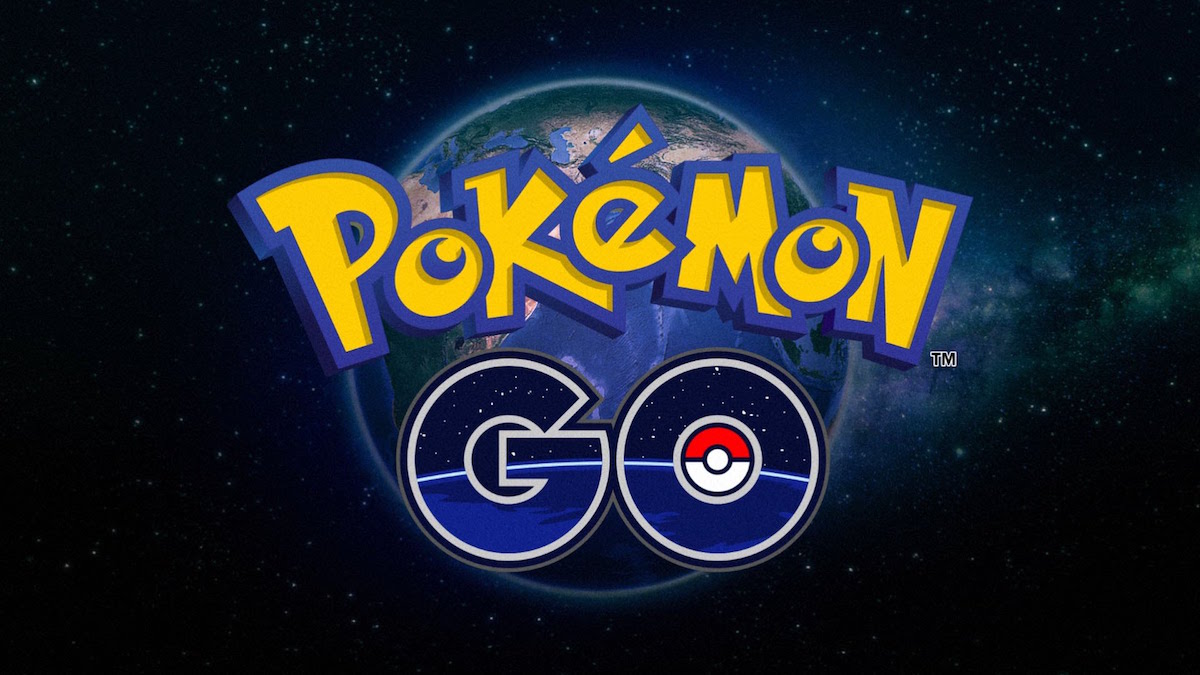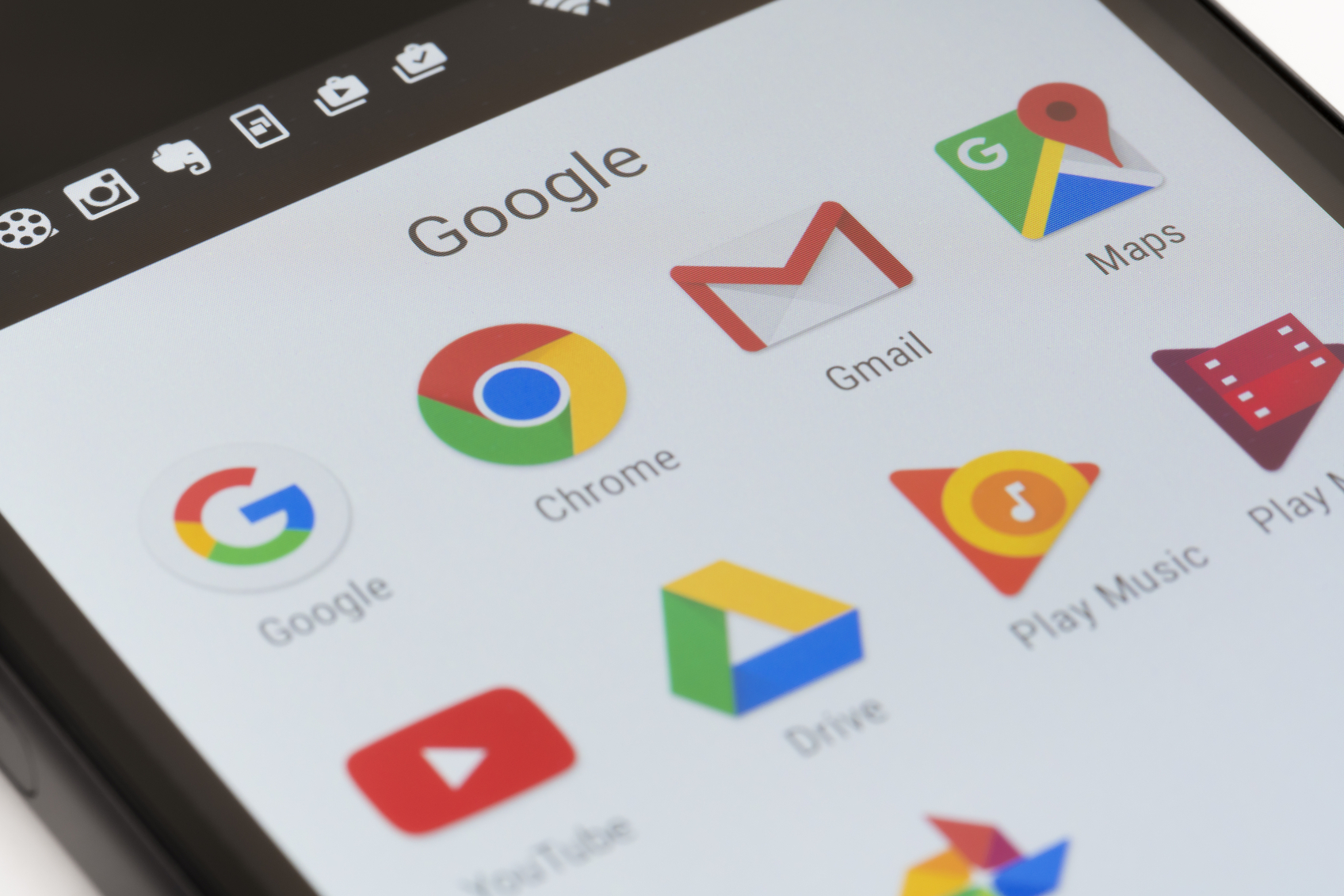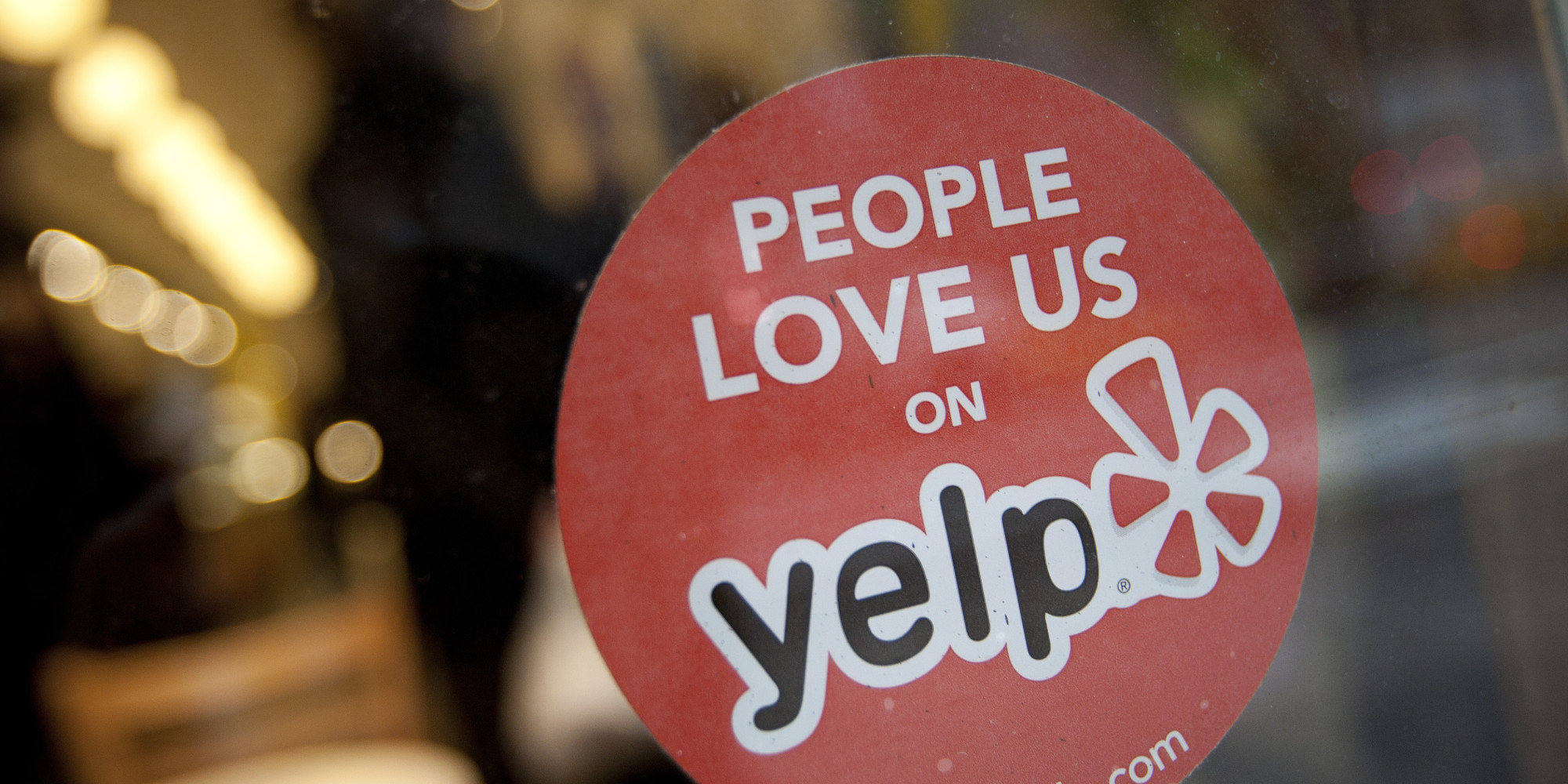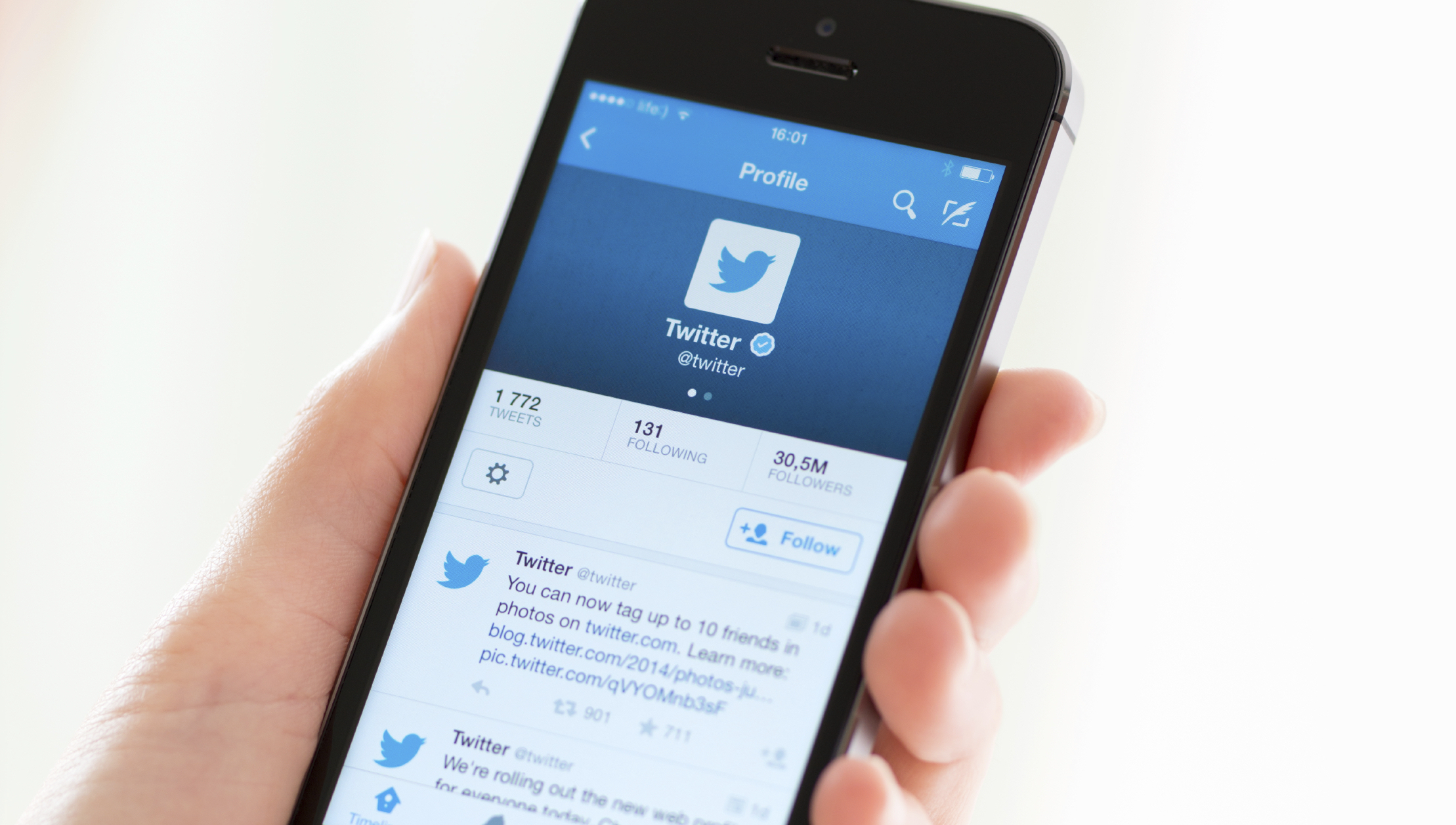What Happened
Snapchat has launched a new location-based ad measurement product that lets brands see if their ad campaigns on Snapchat is successful at driving people to visit their stores in the real world. The way this new measurement product works is by comparing the visits of people who saw a Snapchat ad, which includes things like a Snap that their friends took with a branded Geofilter, to visits of those who didn’t see one but went anyway during a week’s timeframe, therefore determining if there is a lift in foot traffic. Snap has been testing its Snap to Store product since last year with a handful of marketers, including Paramount Pictures and 7-Eleven.
What Brands Need To Do
This ad measurement product comes at a time when Snapchat is starting feel the mounting pressure from Instagram, which just announced that its Snapchat clone feature Instagram Stories have amassed over 200 million daily active users, surpassing the last count of 161 million that Snapchat announced alongside its IPO in February. As Snapchat tries to hold onto its lead in monetizing its messaging platform by updating their ad products and creating original content, brands should be aware of all the options they have and properly utilize the measurement tools available to more effectively measure their campaign performances.
Source: AdWeek
